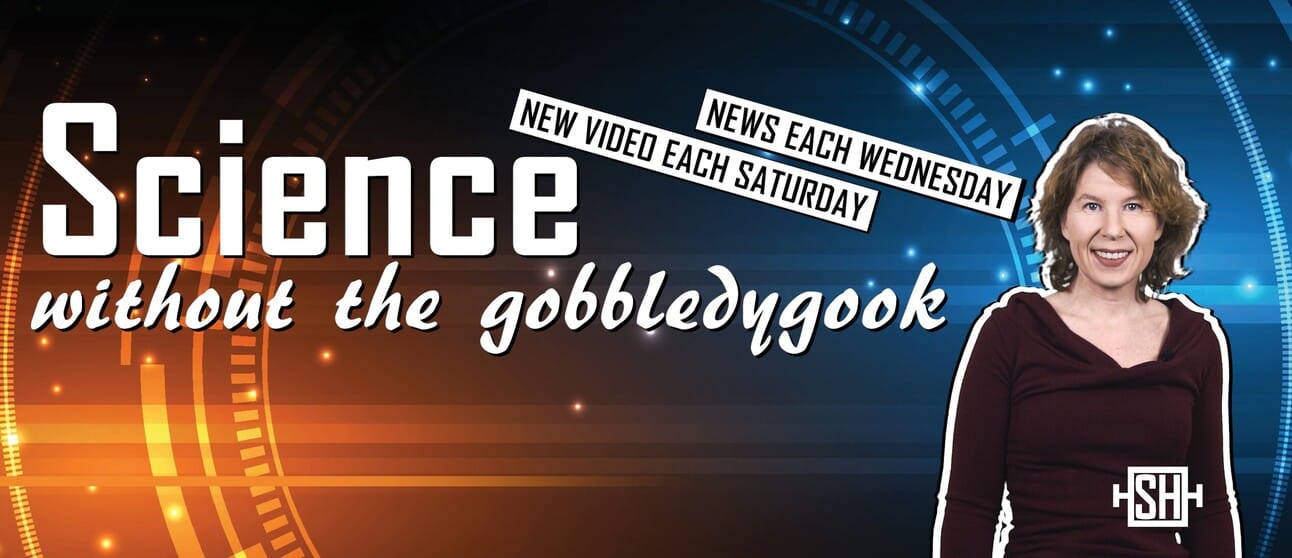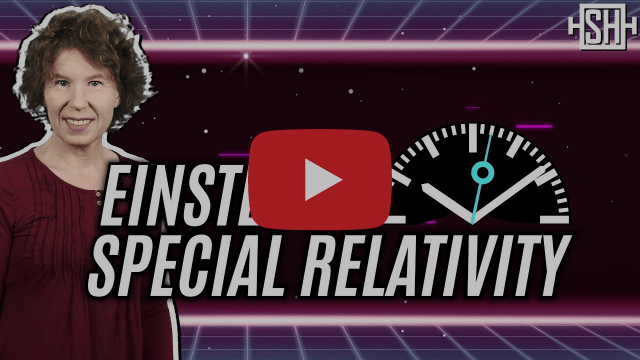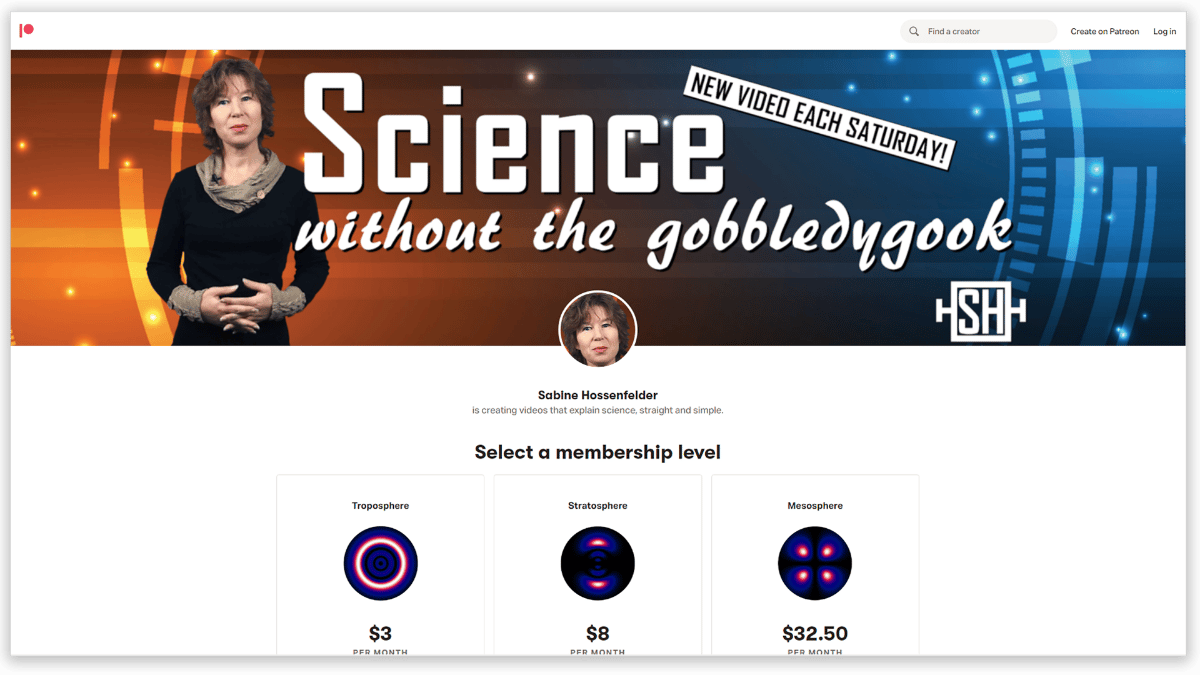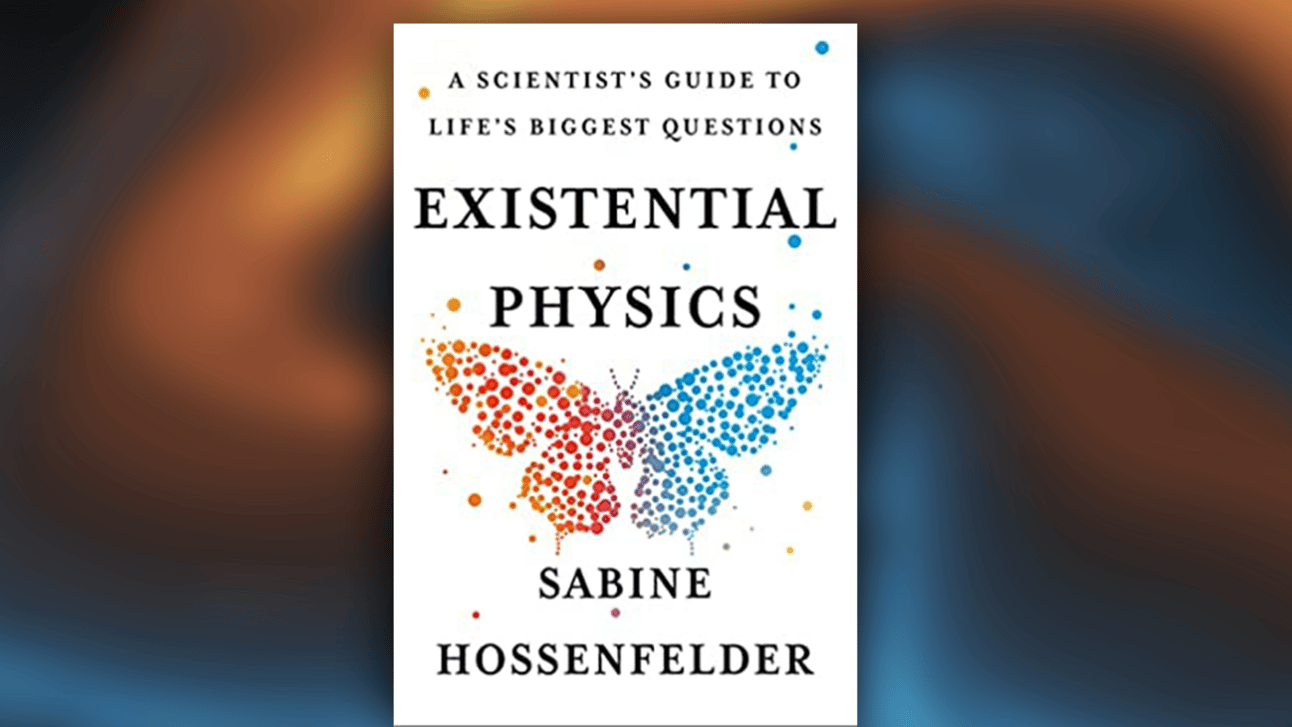- Sabine's Newsletter
- Posts
- Sabine Newsletter 1/11/2023
Sabine Newsletter 1/11/2023
The World's Smallest Laser & A Hot Year Ahead




ITER CEO Acknowledges Significant Delay

At the end of November, the nuclear fusion mega-project ITER reported cracks in several parts of their containment vessel (Science News WTG, Nov 2022, Week 5). The new CEO of ITER, Barabashi, now told The Guardian in an interview that fixing the problem “is not a question of weeks, but months, even years,” but that the experiment’s planned starting date in 2025 “wasn’t realistic in the first place”.

You can check out the newest Science News episode here.We have quite a lot to talk about today, so buckle up. First, we have an anomaly in particle physics that disappeared and another anomaly in cosmology that was confirmed. Then, we'll look at some amazing footage from the surface of the sun and disks that defeat the second law of thermodynamics. We'll learn how you can see something without looking at it, and we talk about a new method of cooling, the demise of science, the technology of 6G, what offshore wind farms do to marine life, and, of course, the telephone will ring.
It’ll Be A Hot Year (Probably)

Our climate is strongly affected by a two-phase system of ocean and wind currents known as the El Niño-Southern Oscillation, ENSO for short. It switches back and forth between the warmer El Niño years and the colder La Niña years. The past few years were La Niña years. NOAA reported on Jan 3 that there’s a 71% chance we’ll enter a neutral phase in the next few months and a 66% chance that we’ll enter an El Niño phase by October. This makes it likely that 2023 is going to be the hottest year on record.
Partnered with

Still haven’t tried Brilliant? Now is the best time.
We know—you’ve heard all about how Brilliant is the best tool for boosting math and science skills with interactive problem solving. But if you still haven’t tried it—now is the perfect time. Get started for free and crush your 2023 goals by building a daily learning habit. Plus, get 20% off an annual premium subscription when you’re ready to level up.
Tiny Laser With Tunable Color

Researchers from Columbia University have built the tiniest ever laser. Its color can be tuned from the near-infrared throughout the entire visible range. The entire chip is barely a millimeter. They succeeded with a narrow color output by using resonating rings to guide the waves and filter out a desired color. Press release here, paper here.

In this week’s video I explain how time dilation in special and general relativity works. What’s the resolution of the twin paradox, what’s the deal with Newton’s bucket, and does time really slow down near black holes? I'll sort it out for you. Or, well, at least I’ll try.

There is a new 5th Patreon tier that’ll give you access to our videos ad-free and without sponsor messages, as well as access to certain new videos early.

A contrarian scientist wrestles with the big questions that modern physics raises, and what physics says about the human condition. Order it here today!



